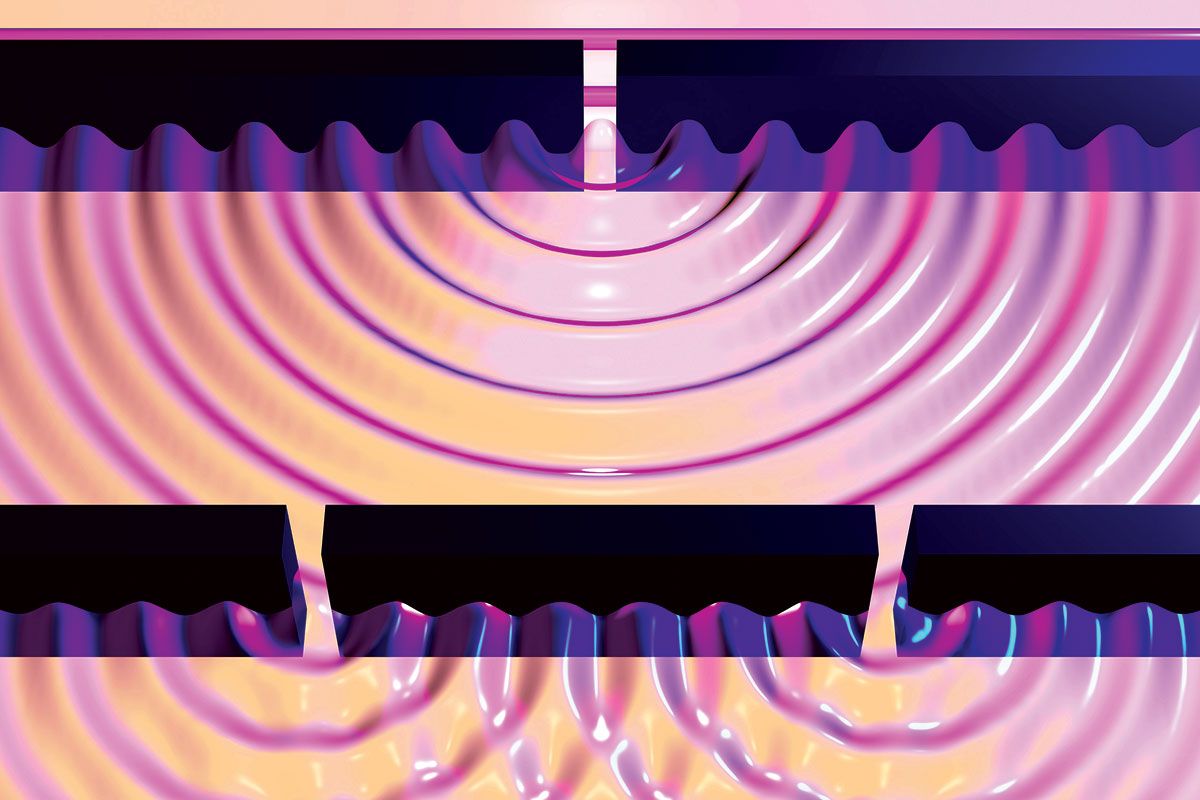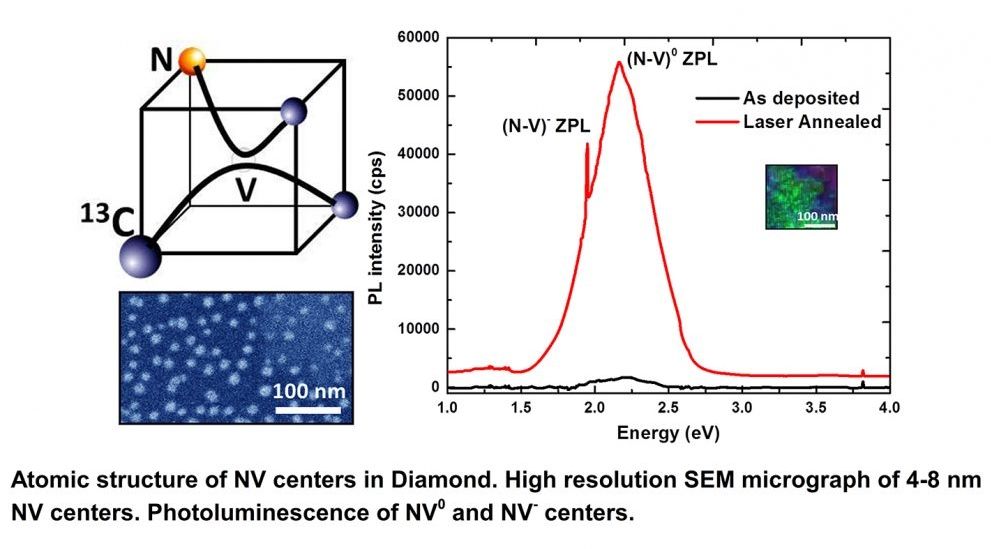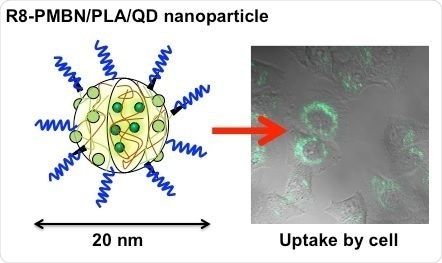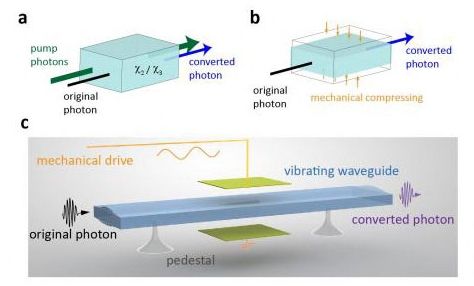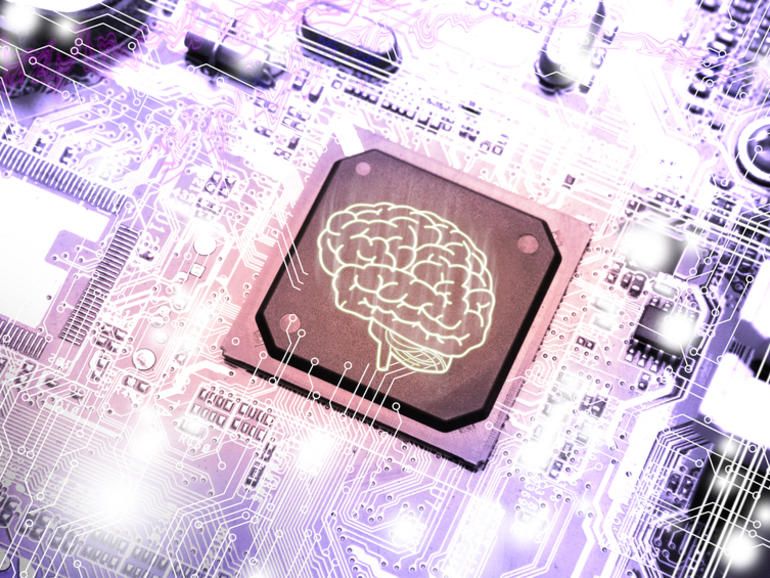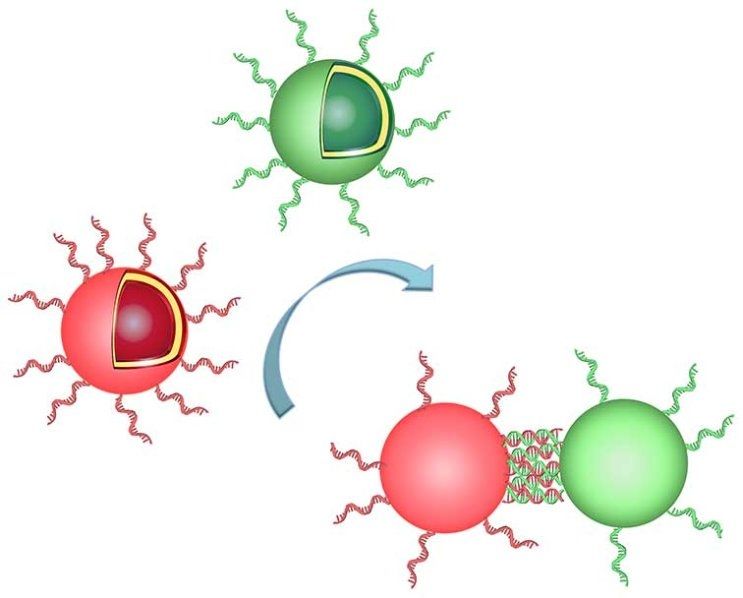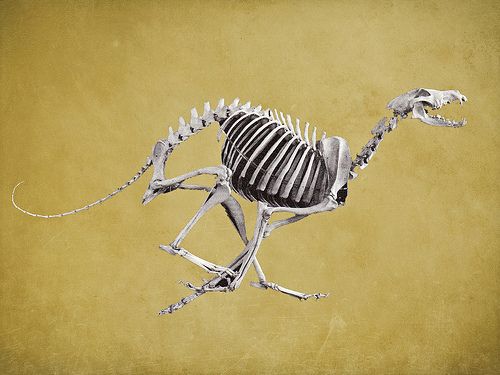Page 10293
Nov 2, 2016
Classic quantum experiment could conceal theory of everything
Posted by Karen Hurst in category: quantum physics
By Anil Ananthaswamy
AN ICONIC physics experiment may be hiding more than we ever realised about the nature of reality. The classic “double-slit” experiment reveals the strange duality of the quantum world, but it may behave more strangely than we thought – and could challenge one of the most closely held assumptions of quantum mechanics.
Revisiting it could help unify quantum mechanics with the other pillar of theoretical physics – Einstein’s general relativity – a challenge that has so far proven intractable.
Continue reading “Classic quantum experiment could conceal theory of everything” »
Nov 2, 2016
New technique for creating NV-doped nanodiamonds may be boost for quantum computing
Posted by Karen Hurst in categories: computing, nanotechnology, quantum physics
Researchers at North Carolina State University have developed a new technique for creating NV-doped single-crystal nanodiamonds, only four to eight nanometers wide, which could serve as components in room-temperature quantum computing technologies. These doped nanodiamonds also hold promise for use in single-photon sensors and nontoxic, fluorescent biomarkers.
Currently, computers use binary logic, in which each binary unit — or bit — is in one of two states: 1 or 0. Quantum computing makes use of superposition and entanglement, allowing the creation of quantum bits — or qubits — which can have a vast number of possible states. Quantum computing has the potential to significantly increase computing power and speed.
A number of options have been explored for creating quantum computing systems, including the use of diamonds that have “nitrogen-vacancy” centers. That’s where this research comes in.
Nov 2, 2016
Researchers explore how polymeric nanoparticles can be used to transport quantum dots into cells
Posted by Karen Hurst in categories: particle physics, quantum physics
Nanoparticles are particles that are smaller than 100 nanometers. They are typically obtained from metals and, because of their tiny size, have unique properties that make them useful for biomedical applications. However, without treatment to make their surfaces biologically inert, their effectiveness is severely limited. Researchers led by Kazuhiko Ishihara at the University of Tokyo have pioneered the use of MPC polymers to modify the surfaces of nanoparticles. In a recent article published in the journal Science and Technology of Advanced Materials, they reviewed current ways in which polymeric nanoparticles can be used to transport a type of small nanoparticles called quantum dots into cells.
Cells can uptake polymer nanoparticles embedding quantum dots covered with cytocompatible phospholipid polymer and cell-penetrating peptides. © 2016 Kazuhiko Ishihara, Weixin Chen, Yihua Liu, Yuriko Tsukamoto and Yuuki Inoue.
MPC polymers are large molecules made from chains of 2-methacryloyloxyethyl phosphorylcholine (MPC). Bioactive nanoparticles whose surfaces have been modified with them can be used as anti-tumor compounds, gene carriers, contrast agents that improve MRI images, and protein detectors. MPC polymers mimic cellular membranes and allow the delivery of bioactive molecules that are normally not very soluble in water or that might produce unwanted biological side effects. When scientists attach MPC polymers to the surface of inorganic nanoparticles, they can make substances that are easily delivered into the blood or other tissue.
Nov 2, 2016
China to complete first stretch of dedicated ‘quantum’ encryption fibre network next month
Posted by Karen Hurst in categories: computing, encryption, quantum physics
Nov 2, 2016
Yale Engineers Advance Quantum Technology With Photon Control
Posted by Karen Hurst in categories: computing, engineering, quantum physics
Engineers from Yale University have developed a new technique to control the frequency of single photons.
The ability to control the frequency of single photons is crucial to realize the potential of quantum communications and quantum computing. The current methods for changing photon frequency, however, bring with them significant drawbacks.
Researchers in the lab of Hong Tang, the Llewellyn West Jones, Jr. Professor of Electrical Engineering & Physics, have developed a technique that avoids these obstacles. The results of their work are published today in Nature Photonics. Linran Fan, a Ph.D. student in Tang’s lab, is the lead author.
Continue reading “Yale Engineers Advance Quantum Technology With Photon Control” »
Nov 2, 2016
Turning pings into packets: Why the future of computers looks a lot like your brain
Posted by Karen Hurst in categories: mobile phones, neuroscience, supercomputing
In the future, circuits and systems modelled on human brains could end up in everything from supercomputers to everyday smartphones.
Nov 2, 2016
Chemists create clusters of organelles
Posted by Karen Hurst in categories: biotech/medical, chemistry, nanotechnology
Scientists from the University of Basel have succeeded in organizing spherical compartments into clusters mimicking the way natural organelles would create complex structures. They managed to connect the synthetic compartments by creating bridges made of DNA between them. This represents an important step towards the realization of so-called molecular factories. The journal Nano Letters has published their results.
Within a cell there are specialized compartments called organelles, as for example nucleus, mitochondria, peroxisomes and vacuoles that are responsible for specific functions of the cell. Almost all sophisticated biological functions of cells are realized by self-organization, a process by which molecules adopt a defined arrangement based on their specific conformations and properties, without outside guidance.
Using self-organization of nano-objects into complex architectures is a major strategy to produce new materials with improved properties or functionalities in fields such as chemistry, electronics and technology. For example, this strategy has already been applied to create networks of inorganic solid nanoparticles. However, so far, these networks were not able to mimic sophisticated structures that have biological functions within the cells and thus have potential application in medicine or biology.
Nov 2, 2016
Synthetic Virus Created to Treat Cancer in Dogs
Posted by Karen Hurst in categories: biotech/medical, finance, genetics
2 November 2016. Two companies partnering with Auburn University developed a synthetic virus to find and destroy tumor cells in a type of bone cancer in dogs. Financial and intellectual property aspects of the agreement between synthetic gene company Gen9 in Cambridge, Massachusetts, design systems developer Autodesk Inc. in San Rafael, California, and Auburn University College of Veterinary Medicine in Alabama were not disclosed.
The research team created a synthetic version of canine adenovirus type 2, or CAV2, a virus usually associated with hepatitis in dogs. In this case, the synthetic CAV-2 virus is designed as an oncolytic virus that finds and attacks cancer cells, while leaving healthy cells and tissue intact. The genome in the organism is believed to be the longest in a functional virus synthesized for cancer research, with about 34,000 base pairs of nucleic acids. The human genome, by comparison, has about 3 billion base pairs.
The technology provided by Gen9 in this project makes it possible to eventually produce synthetic therapeutic viruses tailored for specific patients. Gen9 offers customized gene synthesis and is developing a library of synthesized proteins and antibodies. One of the 4 year-old company’s founders is George Church, a geneticist at Harvard Medical School and serial entrepreneur. In August 2016, as reported in Science & Enterprise, Church and colleagues, including those from Gen9, developed a synthetic E. coli bacteria genome with redundant DNA components removed.
Nov 2, 2016
Inside the Garage Labs of DIY Gene Hackers
Posted by Karen Hurst in categories: bioengineering, genetics
When the future of genetic engineering arrived on Sebastian Cocioba’s doorstep, it was affixed to the back of a postcard from Austria with a little bit of packing tape.
Cocioba is a 25-year-old college dropout whose primary interest is tinkering with plant genetics in a lab he cobbled together from eBay. The lab is located in the spare bedroom of his parent’s lavish apartment in Long Island City, across the river from Manhattan. A few months ago, an internet friend from an online bio-hacking forum had sent him the lab’s latest addition: attached to that postcard was Crispr-Cas9.

